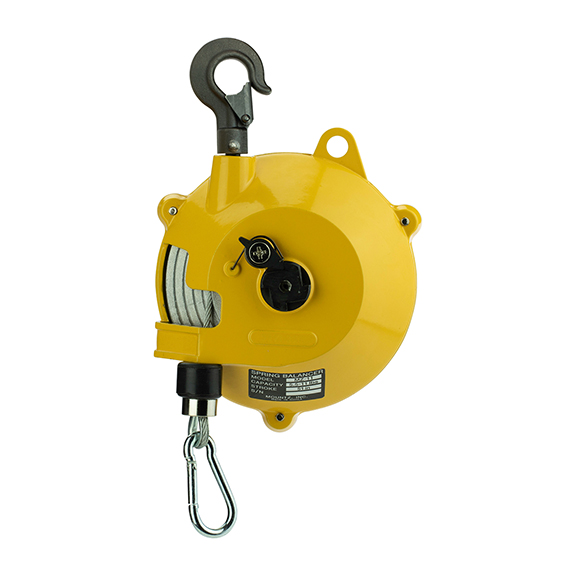
Image Source: Google
Tool balancers are essential equipment in many industrial settings where workers use heavy tools or equipment that need to be kept in a balanced position.
These devices help reduce strain on workers' muscles and increase productivity by making it easier to handle tools. If you are looking for tool balancers in the workplace that can help you stay balanced and productive, you may visit this site.
The Importance of Tool Balancers
Reduced Strain on Muscles
- Tool balancers help reduce the strain on workers' muscles by supporting the weight of heavy tools.
- By keeping the tools suspended in a balanced position, tool balancers prevent workers from having to bear the full weight of the tools themselves.
- This can help prevent injuries and musculoskeletal disorders that can result from repetitive heavy lifting.
Increased Productivity
- With the help of tool balancers, workers can easily maneuver heavy tools without exerting too much effort.
- Workers can focus more on the task at hand and complete it more efficiently when using tool balancers.
- By reducing the physical strain on workers, tool balancers can also help prevent fatigue and improve overall productivity.
How Tool Balancers Work
Spring Mechanism
- Most tool balancers operate on a spring mechanism that counterbalances the weight of the tool.
- When a tool is attached to the balancer, the spring is compressed, storing potential energy.
- This energy is then used to offset the weight of the tool, keeping it suspended in a balanced position.
Adjustable Tension
- Many tool balancers come with adjustable tension settings that allow users to customize the level of support based on the weight of the tool.
- By adjusting the tension, users can ensure that the tool stays in the desired position without exerting too much force.
- This feature makes tool balancers versatile and suitable for a wide range of tools and equipment.
Types of Tool Balancers
Spring Balancers
- Spring balancers are the most common type of tool balancers and are suitable for a wide range of applications.
- They are typically used in assembly lines, workshops, and other industrial settings where heavy tools need to be suspended.
- Spring balancers are easy to install and operate, making them a popular choice for many industries.
Rope Balancers
- Rope balancers use a system of pulleys and ropes to suspend tools in a balanced position.
- They are often used in areas where space is limited or where a spring mechanism may not be suitable.
- Rope balancers are versatile and can be adjusted to accommodate different weights of tools.
Benefits of Using Tool Balancers
Improved Ergonomics
- Tool balancers promote better ergonomics by reducing the strain on workers' muscles and joints.
- By keeping tools in a balanced position, workers can maintain a more natural posture while working.
- Improved ergonomics can help prevent injuries and improve overall comfort for workers.
Cost Savings
- Using tool balancers can help reduce the risk of workplace injuries and associated costs.
- By preventing injuries and promoting a safer work environment, tool balancers can help companies save money on healthcare expenses and worker compensation claims.
- Investing in tool balancers is a cost-effective way to improve workplace safety and productivity.
